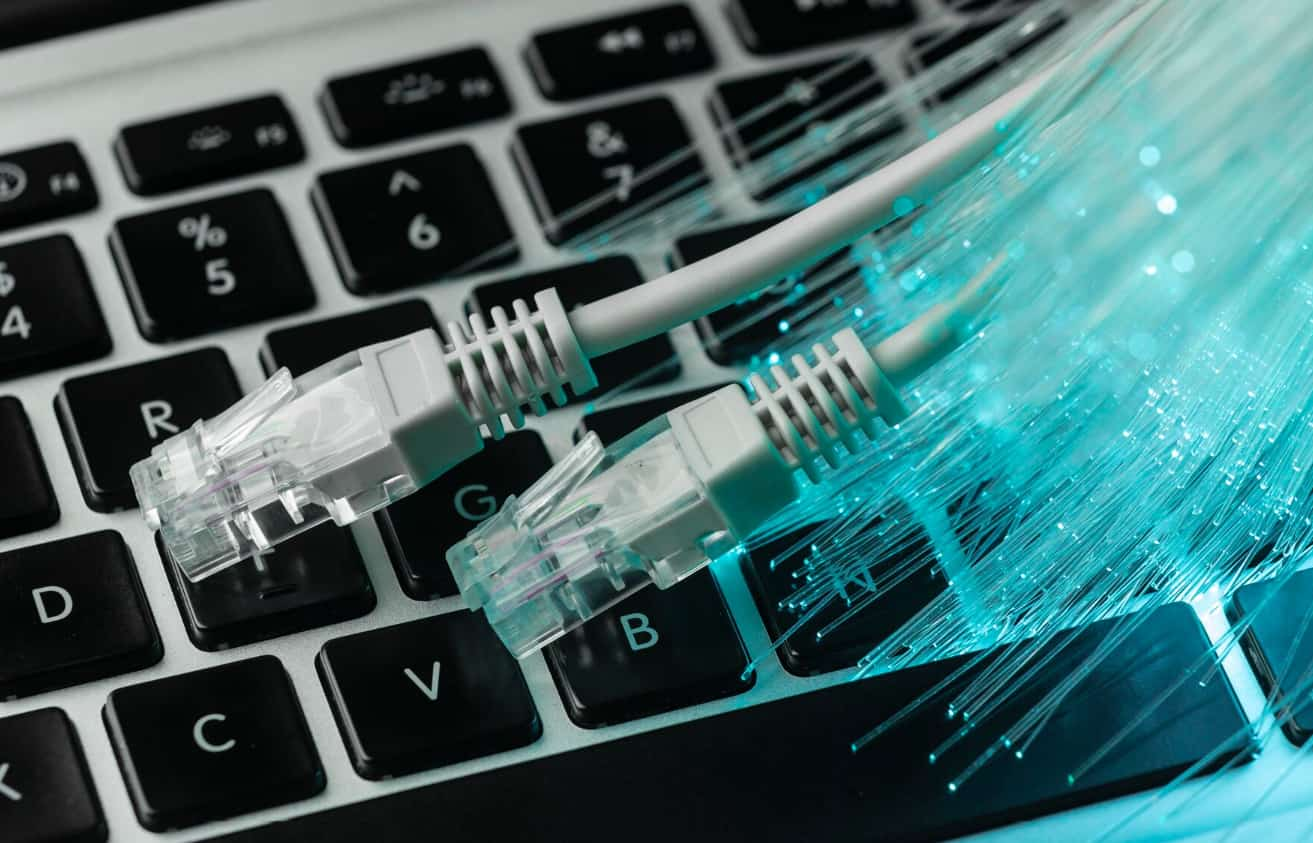In today’s digital world, understanding IP address 70.228.123.178 what model and device manufactor has become increasingly important for both technical and non-technical users alike.
Whether you’re a curious internet user, a budding network administrator, or someone trying to understand their digital footprint, knowing what information an IP address can reveal about devices is valuable knowledge.
Think of an IP address as a digital fingerprint that your device leaves whenever it connects to the internet. However, unlike actual fingerprints, these digital markers don’t tell us everything about the device they belong to.
IP Address 70.228.123.178 What Model and Device Manufactor?

In this comprehensive guide, we’ll explore the mysteries behind IP address 70.228.123.178, what it can tell us about connected devices, and why finding specific device information isn’t as straightforward as you might think.
What Is an IP Address?
Basic Definition An IP address is like a digital postal address for your device on the internet. Just as your home needs a physical address to receive mail, your device needs an IP address to send and receive information online.
Types of IP Addresses There are two main versions of IP addresses in use today:
- IPv4 (Internet Protocol Version 4):
- Uses numbers only
- Format: xxx.xxx.xxx.xxx (like 70.228.123.178)
- Limited to about 4.3 billion unique addresses
- Still the most commonly used version
- IPv6 (Internet Protocol Version 6):
- Uses both numbers and letters
- Much longer format
- Provides trillions of unique addresses
- Gradually being adopted worldwide
IP Address Components Let’s break down what makes up an IP address like 70.228.123.178:
| Section | Example | Purpose |
|---|---|---|
| Network ID | 70.228 | Identifies the network |
| Host ID | 123.178 | Identifies specific connections |
| Full Address | 70.228.123.178 | Complete identifier |
How IP Addresses Work in Identifying Devices?
Network Architecture Understanding how IP addresses work requires knowing about network structure:
- Public IP Addresses:
- Visible to the internet
- Assigned by Internet Service Providers (ISPs)
- Shared by all devices on a network
- Example: 70.228.123.178
- Private IP Addresses:
- Used within local networks
- Not visible to the internet
- Unique within your network only
- Common formats:
- 192.168.x.x
- 10.x.x.x
- 172.16.x.x
Network Address Translation (NAT) This important technology helps manage how devices connect to the internet:
- Converts private IP addresses to public ones
- Allows multiple devices to share one public IP
- Provides an additional layer of security
- Manages network traffic efficiently
IP Address 70.228.123.178: Potential Information and Limitations
Available Information When examining IP address 70.228.123.178, here’s what we can typically discover:
- Geographic Information:
- Country location
- City (approximate)
- Region or state
- Time zone
- Network Details:
- Internet Service Provider name
- Organization name (if applicable)
- Network type (residential/commercial)
- Connection type (broadband/fiber/mobile)
- Technical Data:
- IP address version
- Subnet information
- Routing details
- Domain name (if assigned)
Information Limitations However, there are many things we cannot determine from an IP address alone:
- Device-specific details:
- Manufacturer
- Model number
- Operating system
- Hardware specifications
- User information:
- Identity
- Personal details
- Usage patterns
- Installed software
Identifying Device Models with an IP Address
Common Misconceptions Many people believe they can identify specific devices from an IP address, but here’s why that’s not possible:
- Network Structure:
- Multiple devices share one public IP
- Device details are hidden behind routers
- Network security prevents direct identification
- Privacy Features:
- Modern devices use randomized identifiers
- Operating systems mask device information
- Networks protect device details
What Actually Happens?
Here’s how device identification works on networks:
| Level | What’s Visible | What’s Hidden |
|---|---|---|
| Public Internet | Public IP (70.228.123.178) | Device Details |
| Local Network | Private IP Addresses | Manufacturer Info |
| Device Level | MAC Address | Personal Data |
Tools for Further Investigation
Basic Investigation Tools
These tools are available to anyone:
- WHOIS Lookup Tools:
- Show IP ownership
- Display registration dates
- Reveal network blocks
- Identify responsible parties
- IP Geolocation Services:
- Provide location estimates
- Show ISP information
- Display connection types
- Offer basic network details
Advanced Network Tools These require proper authorization:
- Network Scanners:
- Port scanning capabilities
- Device discovery features
- Protocol analysis
- Security assessment
- Network Monitoring Software:
- Traffic analysis
- Bandwidth monitoring
- Device tracking
- Usage statistics
Why Device Information Is Hard to Obtain?
Technical Barriers
Several technical factors make device identification difficult:
- Network Architecture:
- Layered security
- Protocol limitations
- Encryption
- Firewalls
- Dynamic Addressing:
- IP addresses change regularly
- Multiple devices share IPs
- Network routing complexity
- Load balancing
Privacy Protections
Modern privacy measures include:
| Protection Type | Purpose | Effect |
|---|---|---|
| Data Encryption | Secure Communication | Hides Content |
| Firewalls | Network Security | Blocks Scanning |
| VPNs | Privacy Enhancement | Masks Location |
| Proxy Servers | Identity Protection | Hides Origin |
Ethical and Legal Considerations
Legal Framework
Understanding the legal aspects is crucial:
- Privacy Laws:
- Data protection regulations
- User privacy rights
- Network access rules
- Information sharing limits
- Compliance Requirements:
- Industry standards
- Security Protocols
- Documentation needs
- Audit requirements
Ethical Guidelines
Professional ethics in network management:
- Acceptable Practices:
- Authorized network scanning
- Security monitoring
- Performance optimization
- Troubleshooting
- Prohibited Activities:
- Unauthorized access attempts
- Data theft
- Privacy violations
- Network attacks
Best Practices for Network Management
Professional Guidelines
For those who need to manage networks:
- Documentation:
- Keep detailed network maps
- Record device inventories
- Document security policies
- Maintain access logs
- Security Measures:
- Regular security audits
- Access control systems
- Monitoring protocols
- Incident response plans
User Privacy Protection
Ensuring user privacy while managing networks:
| Aspect | Requirement | Implementation |
|---|---|---|
| Data Collection | Minimal Necessary | Limited Tracking |
| Storage | Secure Systems | Encryption |
| Access | Authorization | Role-Based |
| Deletion | Regular Cleanup | Data Lifecycle |
Future Trends in IP Addressing
Emerging Technologies
Understanding what’s coming next:
- IPv6 Adoption:
- Increased implementation
- New features
- Better security
- Improved tracking
- Internet of Things (IoT):
- Device proliferation
- Network challenges
- Security implications
- Management needs
Security Evolution
How security is changing:
- New Protocols:
- Enhanced encryption
- Better authentication
- Improved privacy
- Stronger protection
- Management Tools:
- Advanced monitoring
- Automated responses
- AI integration
- Predictive analysis
Practical Applications
Network Management
Real-world uses for IP information:
- Troubleshooting:
- Connection problems
- Performance issues
- Security incidents
- Access problems
- Optimization:
- Resource allocation
- Traffic management
- Load balancing
- Capacity planning
Security Applications
How IP information helps security:
| Use Case | Purpose | Benefit |
|---|---|---|
| Threat Detection | Identify Attacks | Better Security |
| Access Control | Manage Users | Reduced Risk |
| Audit Trails | Track Activity | Compliance |
| Incident Response | Handle Issues | Quick Resolution |
Also Check:
Conclusion:
After this deep dive into IP address 70.228.123.178 what model and device manufactor, we can conclude that while IP addresses are fundamental to internet communication, they don’t reveal specific device details.
This limitation serves an important purpose in protecting user privacy and network security.
Key Takeaways:
- IP addresses identify networks, not specific devices
- Privacy and security measures protect device details
- Proper authorization is needed for detailed network information
- Network management requires balancing security and functionality
- Future trends point to enhanced privacy protection
Final Thoughts: Understanding IP addresses and their limitations helps us better appreciate the complex balance between network functionality and privacy protection.
While we can’t determine specific device models from an IP address alone, this limitation is a crucial feature that helps maintain our digital privacy and security.
Recommendations:
- Respect privacy limitations
- Use authorized tools appropriately
- Follow security best practices
- Stay informed about changes
- Maintain proper documentation
Remember that the inability to identify specific devices from an IP address is not a limitation but a deliberate design choice that helps protect our privacy and security online.
As technology continues to evolve, understanding these fundamentals becomes increasingly important for everyone involved in network management and security.






